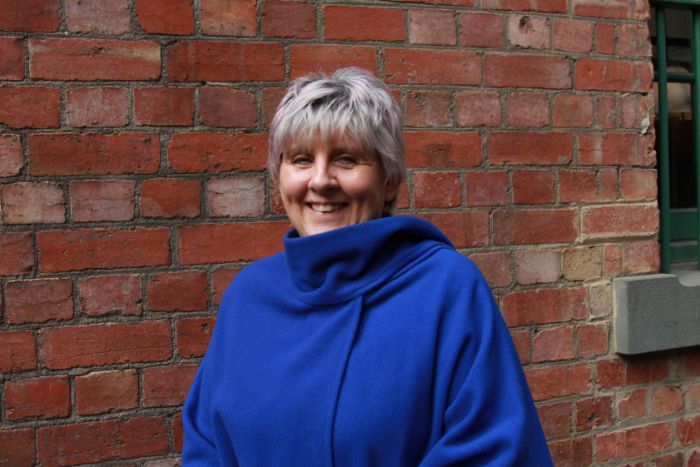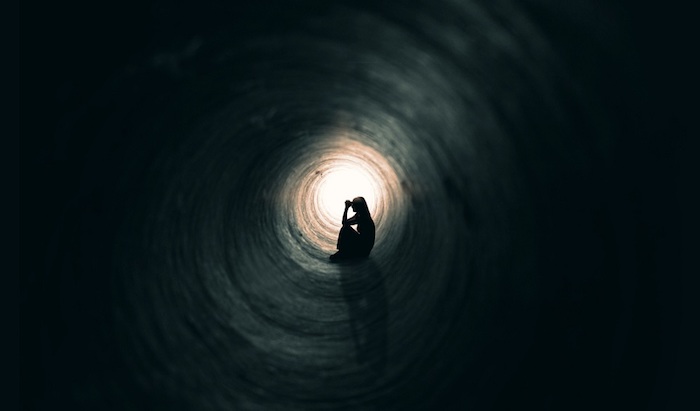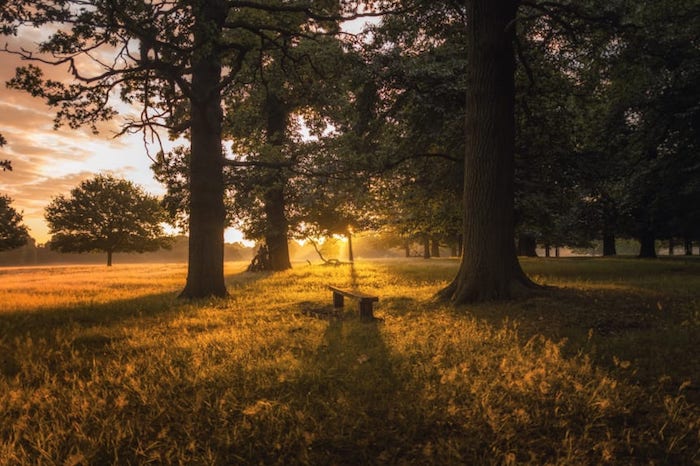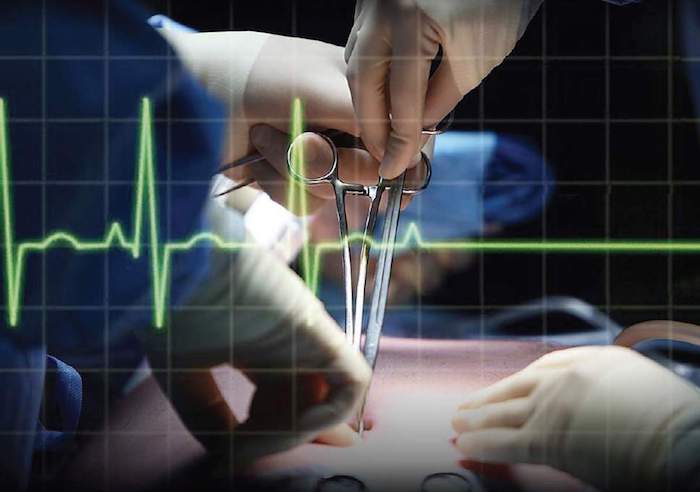
By Nicole Mills
A new breed of doulas are helping break down the fear around death, which they say shouldn’t be a confronting word.
Carmen Barnsley from Melbourne said just like birth doulas, death doulas were there to provide support, knowledge and assistance during times of upheaval and uncertainty.
“I find it is just a privilege and a humbling experience to be where life enters this world and when life leaves it,” the former nurse said.
“Death is just as amazing an experience as birth is, but we celebrate birth and we deny death.”
Ms Barnsley has had her own experience with death. Her son died when he was five months old.
While she was in the depths of numbing grief, the hospital handed over a Yellow Pages and told her and her husband they needed to pick a funeral parlour.
It was the first of many conversations she had during the grieving process that made her realise that as a society, we need to start doing death better.
“Some cultures do death beautifully. It’s a reflection of the person’s life, whereas I think we do it pretty poorly,” she said.
“The honest thing I can say about the doulas in my network is everyone has been through a personal process of death.
“A lot of the doulas who are coming from personal experiences are coming from terrible personal experiences and were seeking answers to improve it so that doesn’t happen to another person again.”
Emotions run high
Ms Barnsley said her colleagues came from all walks of life, having worked as hospital chaplains, accountants, social workers, celebrants and in the funeral industry.
She wants people to understand that knowledge is power, especially when it comes to death.
“A death doula isn’t about dying, it’s about allowing that individual to live until they die.
“I find when somebody puts a plan in place they will then live until they die, as ironic as that sounds.”
She recommends having conversations about death when you’re young and healthy instead of leaving it until death approaches when emotions run high.
“In the medical profession we have informed consent. I’d love for end-of-life issues to have informed choices.
“I don’t have a terminal disease but I have an advanced life care directive in place.
“My doctor has got a copy; this is probably a little bit touchy at the moment, but mine is actually up on the [My Health Record] healthcare site … so that any hospital in Australia can access my directive.”
The dying space
The main thing Ms Barnsley wants people to know is that death doesn’t have to be impersonal and there is no prescribed process to follow.
“You don’t need a funeral home, and some people don’t even know that,” she said.
“You may need to get one to transport someone, but you can have a loved one at home, you can organise transport straight to burial or cremation or whatever the person’s choice is.
“[In the past] a family did care for loved ones dying; it wasn’t in a hospital, it wasn’t medicalised, it wasn’t institutionalised and that was the norm.
“But there became a fear factor with death; let’s take it behind closed doors, we don’t talk about it, and there’s still people within our community that still have that.”

Bonita Ralph first came into contact with doulas when she was pregnant with her first child.
Years later she read an article about the work of death doulas and realised it was a similar concept.
“For me it was a very lightbulb moment where I went, ‘Oh my God, of course that’s the same thing’,” she said.
“It’s the same sort of energy, the birthing space and the dying space.”
Ms Ralph comes from a community welfare and social justice background and sees the work of a death doula as an “in-between role” to help bridge the gap between the medical system and the community.
“I think a lot of people think that when you’re a doula, you’re sitting at the bedside of someone who is dying, and that hasn’t been my experience yet,” she said.
“I think that may come, it may not, and that’s OK because I think the doula role, for me, is broader than that.
“A doula is a companion, someone to walk with you, someone to support you in your choices and that absolutely applies to end-of-life care and death.”
Know your choices
Ms Ralph said one of the best things people could do was spend time reflecting on their own experience with death and understand where their knowledge about death comes from.
“I think we’re moving really slowly towards acknowledging that if we don’t have role models and experiences, then we actually don’t know what to do,” she said.
“They need to know that it’s not illegal to take someone who has died home. It’s not illegal to organise your own funeral. You don’t need a funeral director. It’s a lot of work and maybe I wouldn’t suggest it; logistically it’s tricky, but it’s not impossible.
“People do dig their own graves, the graves of family members. That is not impossible. There are options out there.”
Ms Ralph said these options would not be for everyone, and while Australia was blessed to have a good medical system, it was important to know your choices.
“I don’t want people to feel like they’re being forced or that there’s a right or wrong way to do death,” she said.
“Death is so important because if you don’t offer good support, if you don’t offer genuine response to what that family needs, there’s going to be complicated bereavement results because people don’t move through and grow with their grief. They can get stuck.”
She said often people found it easier to talk openly about death with a doula, but she always encouraged people to have those same conversations at home so their next of kin understood their wishes.
“Talking about death is not weird. It’s important.
“Ask anyone who has had to work through a complicated death process such as a tragic death or complicated families or someone has died and left everything undone and the family has to pick up the pieces.
“Have these conversations when you’re young and well and alive and engaged, and have these conversations ongoing because things change. Relationships change. Expectations change. So don’t be afraid and keep having that conversation.”
Events are being held across Australia on August 8 for Dying to Know Day, which aims to start conversations around death, dying and bereavement.
For more information and to find events near you visit the Dying to Know Day website.
Complete Article ↪HERE↩!






